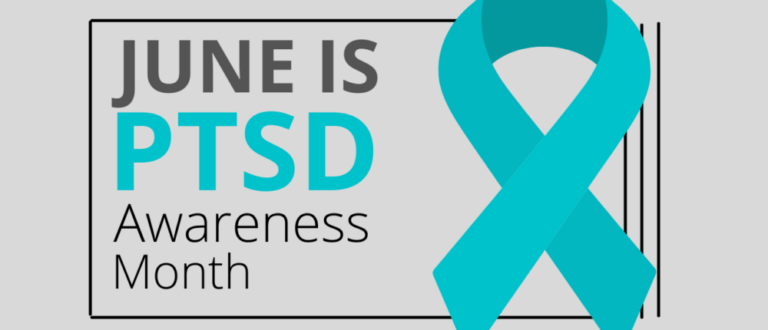
Posttraumatic Stress Disorder (PTSD) was first added to the Diagnostic and Statistical Manual of Mental Disorders (DSM) in 1980, though its symptoms were recognized for ages. WWI introduced the world to an unprecedented number of cases due to the return of soldiers who experienced prolonged trauma during the war. The sheer number of cases caused symptoms to be visible in the psychological and public arenas.
So why did it take so long for the diagnosis to be added to the DSM? Psychology of the times deeply debated the causes of this disorder leading to conflicting theories. These theories ranged from physiological damage of the nervous system to avoidance techniques of the frontlines of duty. Finally, after the passing of WWII and the Vietnam War, the official diagnosis of PTSD was solidified in the DSM.
However, there is a common misconception that says that Posttraumatic Stress Disorder is only seen in soldiers. In fact, according to the US Department of Veteran Affairs, the average diagnosis of PTSD across the lifespan is only one percent higher in veterans than in the general US population, 7% to 6% comparatively. This means that the average US citizen is almost as likely to develop PTSD as those in combat.
What types of traumatic events can lead to PTSD?
Posttraumatic Stress Disorder can develop from impactful singular events, multiple impactful events, or a series of small traumatic events accumulating. These traumas can be emotional, physical, or sexual. They can also result from natural disasters, community violence, car accidents, death of a loved one, unexpected events, and other traumas.
Who is at most risk for PTSD?
A predisposition for PTSD can be hereditary. Also, research has determined the possibility that specific trauma can be passed on to children via male sperm. However, in general, PTSD often develops in those who have experienced intense fear and a sense of hopelessness and helplessness during their traumatic event. Posttraumatic Stress Disorder can develop in the victim, a witness of the event, or an individual who is frequently exposed to the details of the trauma.
What are the symptoms of PTSD?
PTSD has several distressing symptoms. These include recurrent, involuntary intrusive memories, nightmares, flashbacks, psychological and physiological distress resulting from triggers, and avoidance of particular triggers and situations. Sufferers of PTSD frequently experience a change in self-concept and views of the world around them as a result of the trauma experienced. Unwarranted feelings of guilt and shame may result from the traumatic experience. General feelings of unsafety and distrust can become pervasive. Individuals with PTSD also experience emotional reactivity and hypervigilance of their surroundings. Trouble sleeping or concentrating are additional symptoms.
What help is available?
If you or a loved one is suffering from symptoms of PTSD, several types of therapy have been found to be effective at alleviating symptoms. According to the American Psychological Association, Cognitive Behavioral Therapy is strongly recommended for effectively treating PTSD. Subsets of this include Cognitive Processing Therapy, Cognitive Therapy, and Prolonged Exposure. Additionally, the American Psychological Association found Eye-Movement Desensitization and Reprocessing (EMDR), Narrative Exposure Therapy (NET), Brief Eclectic Psychotherapy, and Medication as helpful, but less favorable alternatives.










